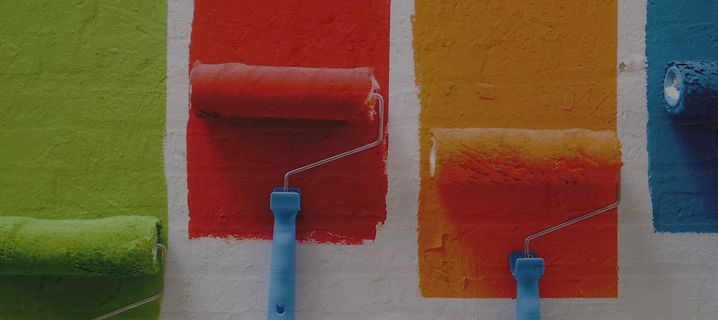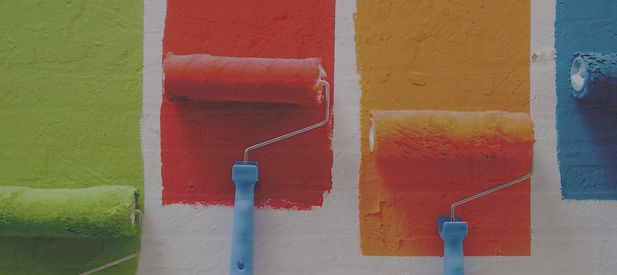
LUDART,
educationnal game for children!

LUDART
(2nd year personal project)


2 months
Solo
Playing time (1 level): Around 5min
PITCH
The young player plays as a brush in an environment representing the inside of a painting.
This painting has a particularity, it's completely devoid of colours. Thanks to several cans of paint, the child will have to paint the scenery around them as they please.

After
Before

Intention
EDUCATE & STIMULATE
By creating this project, I wanted to teach young players about art and the works depicting trends that have a major impact on the development and history of the art.
However, my idea wasn't to confine myself to only educate, but to give acces to art more involving and more fun. So I created this project with the idea of offering children a chance to make art their own through this game, the works and their creating process.
By developing the creativity of each of them, I would like to reconcile them with the school environment while training, who knows, new little artists.

Process
The trigger of this project was the viewing of this video posted by CREAPILLS :
Link to the complete video here
After some research, I found that this process that could be called real-life cel-shading was used in several places like in the 2D Café or the Café 239-20 !
I quickly hooked to this concept of navigating in a space creating a cartoonish illusion of relief elements. I decided to create this same illusion in a digital world. It's only after this that the idea of using it to educate came up.
Once I started, I began looking for paintings that had left their mark on the art world.
I took into account several criteria like the subject and the colours. To represent a first level, I wanted two things: a familiar setting that the player could make their own; and a small number of colours that were saturated enough to ressemble the primary colours commonly used for children. It was only once they were used to the game that I wanted to gradually increase the difficulty by making the scenes and the colours more complex.
Once I had chosen the scene, I started designing the assets, and the game's nodal programming, gameplay and UX. All this allowed me to work on what I had seen during the previous year in Game & Level design, but also in 3D, etc.
I then aded an animated introduction scene, reminiscent of the opening credits of animated children's series with their rounded shapes. Aware of the limited time I had and my technical skills, I then refocused on making a level playable. I had to do without the visual and sound feedbacks, especially the animation: moving the brush, painting the scenery, dipping the bursh, etc. These would have take me too much of my time and I couldn't integrate them properly.
Possible Development
This hold-up didn't stop me to think about potential improvements to add diversity and increase the player's immersion, letting them make the game their own.
- Brush customization
- Colours customization
- Integration of new types masterpiece and their mechanics (sculpture, etc)
- Lobby to select the level
- Schématisation des instructions




Gameplay
• Interact with their environment:
o Select a colour with can paint
o Clean the brush with a water bucket
o Interact with the scenery to paint
o Remoce the colour used in the scenery
The inputs are intuitives and are thought in order to give the players the possibility to quickly modify their environment while giving them the control over their actions thanks to some validation buttons.



Systems
Progression System
At the end of each level, in other word each time the player finishes painting the entire scenery, they are awarded two types of marks.
One for resemblance to the original work, which has been shown to the player beforehand, to help them memorize the painting by mimicry ; the other for originality, to encourage them to stand out and create a work that is different from the original.
Players can therefore choose to reproduce or emancipate themselves from the works presented while working longside them. These marks are given to the player in the form of medals which, like a currency, can be used to unlock elements in the game, including levels as they progress, and so more and more works.
Educative System
The player will have a space dedicated to thge works they have seen with a short description about the work and its artist, as well as a gallery where they can find their best works.


